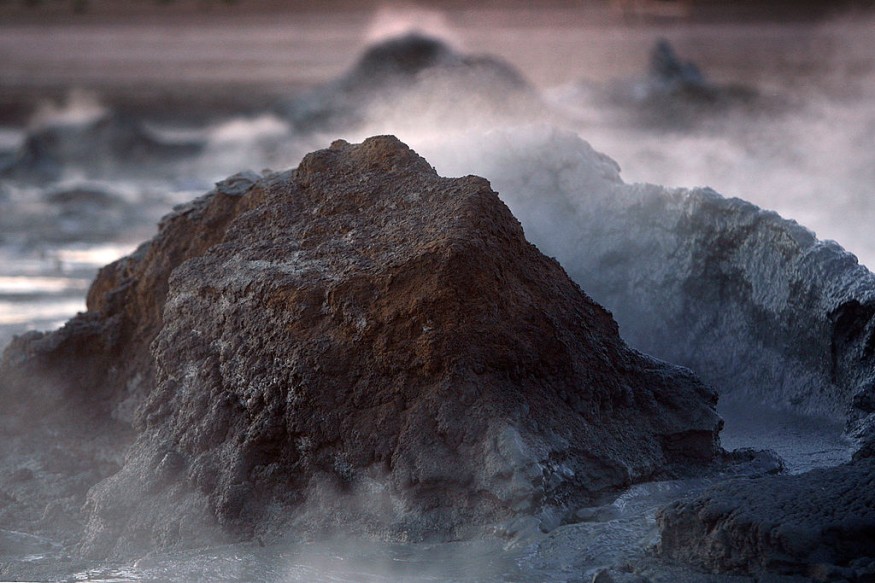A dormant underwater volcano in Antarctica called 'Orca Seamount' has awakened and triggered 85,000 earthquake swarms. The tremors started between August 2020 and lasted until November 2020, according to new research. The event is the most powerful seismic explosion recorded in Antarctica.
Scientists claim that volcanic earthquakes were caused by magma flowing into the crust, based on the research. Following the volcanic explosion and earth tremors, the region will likely see subsequent, similar geological phenomena in the future.
Awakened Dormant Volcano

In the new paper published in the journal Communications Earth & Environment on April 11, scientists from the research stations on King George Island, South Shetland Islands, initially felt the rumblings of the low-intensity earthquake swarms and relayed the seismic recordings to their colleagues worldwide.
One of their colleagues includes Simon Cesca, a co-author of the study and seismologist from the GFZ German Research Centre for Geosciences in Potsdam, Germany. Cesca states there are related earthquake swarms globally but the quakes in Antarctica were observed for the first time by humans, as per Live Science.
The Germany-based seismologist highlighted the frequency and magnitude of the earthquake swarms normally occur over long geologic time scales, which is equivalent to a single human life span. As a result, observing the incident has been a once-in-a-lifetime opportunity.
A main identifiable earthquake and its subsequent aftershocks are different from earthquake swarms, which are defined as short-live and recurring tremors that can last for up to several days, weeks, or months, as per the United States Geological Survey (USGS).
Orca Seamount
The Orca Seamount is an inactive volcano near King George Island. The seamount is three kilometers wide and rises 2,950 feet (900 meters) from the seafloor in the Bransfield Strait located between the South Shetland Islands and Antarctica, as per Live Science.
Prior to the swarms, there was a long-held notion that the inactive underwater volcano erupted in the past due to an indication of temperature anomalies in the seawater surrounding the seamount.
The region consists of the Phoenix tectonic plate which dives under the continental Antarctic plate and creates a network of fault zones. This leads to increased seismic and volcanic activities, generating major earthquakes, aftershocks, and swarms alike, according to a separate study published in Polar Science.
Volcanic Earthquake
The small earthquakes that occurred around the Orca Seamount are called volcanic earthquakes. Since volcanic eruptions and stand-alone earthquakes can be triggered by the movement of tectonic plates, a volcanic explosion can also cause tremors.
According to the Pacific Northwest Seismic Network (PNSN), "volcanically triggered earthquakes" can also cause infrastructural damage, cracks, and ground deformation similar to quakes that were not caused by a volcano.
Also called volcanic-tectonic earthquakes (VTs), volcanic earthquakes are usually caused by a slip on a fault line near the volcano.
In the case of the Orca Seamount, the research team of the new study suspect that the ground underneath shifted due to the movement of the magma, which passed through some fractures.
Furthermore, Cesca emphasized that there is no direct evidence of a volcanic eruption from the previously dormant seamount. Still, the earthquakes are a clear indication that the sleeping underwater shield volcano is active once again.
© 2025 NatureWorldNews.com All rights reserved. Do not reproduce without permission.





